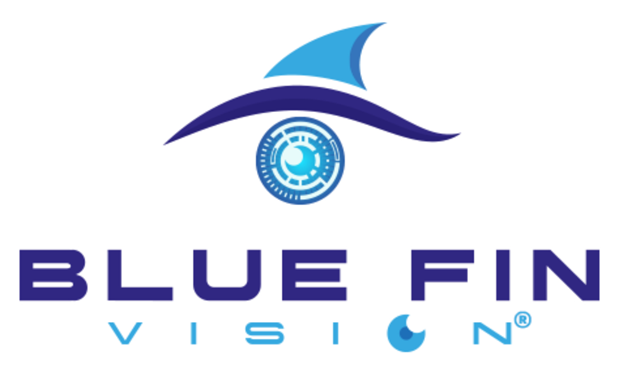Refractive Lens Exchange versus Cataract Surgery: Understanding the Differences
Refractive Lens Exchange versus Cataract Surgery: Understanding the Differences
Blog Article

Advancements in ophthalmology have revolutionized just how we correct vision. From laser-based techniques to intraocular Lens answers, patients today have a wide selection of possibilities designed to their individual visual needs. Among the most prominent techniques are Laser eye surgery.Each procedure serves a particular function and is worthy of various age groups, Eye problems, and life style preferences.
Lens Replacement Surgery and Refractive Lens Exchange are tightly connected methods used mainly for persons around 40 who're experiencing presbyopia or are not ideal candidates for laser vision correction. In this process, the organic Lens of the attention is changed having an artificial intraocular Lens (IOL) to enhance target and minimize dependence on glasses or contact lenses. It is particularly good for patients with high refractive errors or these buying long-term option that also eliminates the danger of potential cataract development.
ICL Surgery involves the implantation of a smooth, variable Lens behind the iris and in front of the normal lens. Unlike Lens Replacement, ICL does not remove the normal Lens, which makes it a reversible procedure. It is highly suited to younger individuals with thin corneas or people that have moderate to high examples of nearsightedness who are perhaps not perfect prospects for LASIK or PRK. One of many key advantages of ICL is the storage of corneal muscle, which may be crucial for long-term ocular health.
Cataract Surgery is frequently conducted when the organic Lens becomes clouded, generally as a result of aging. In this technique, the gloomy Lens is eliminated and replaced with a clear IOL. Scientific developments have created cataract surgery safer, quicker, and more specific, often enhancing both perspective quality and over all quality of life.
Laser Eye Surgery, including LASIK, remains certainly one of the most popular strategies for improving refractive errors such as for example myopia, hyperopia, and astigmatism. LASIK involves reshaping the cornea employing a specific laser to allow light entering a person's eye to be properly aimed onto the retina. The results are on average quick, and recovery situations are short. LASIK is fantastic for people with secure solutions and adequate corneal thickness.
Deciding on the best vision modification technique depends on a few facets, including age, prescription, corneal wellness, lifestyle, and particular expectations. A thorough Eye examination done by way of a competent ophthalmologist is vital in determining the absolute most ideal therapy path.
In summary, modern vision modification procedures are secure, efficient, and very customizable. Whether you are looking to eradicate your dependence on helpful contacts or address age-related improvements in vision, today's advanced precise alternatives present trusted and lasting results. With the proper evaluation and advice, apparent perspective can be quite a fact for a wide variety of individuals. Report this page